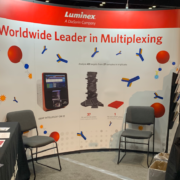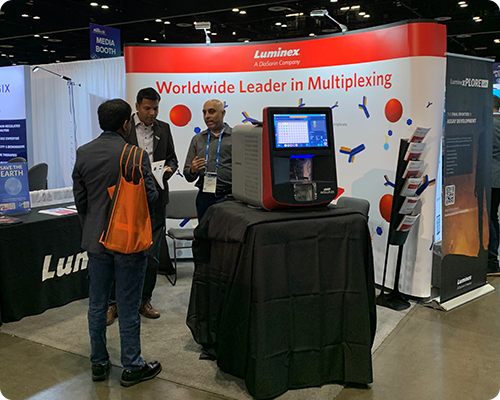Luminex Partner Profile: New Day Diagnostics Tackles Colorectal Cancer Detection
Multiplexing technology allows New Day scientists to develop clinical assays for cancer, autoimmune disease, and more
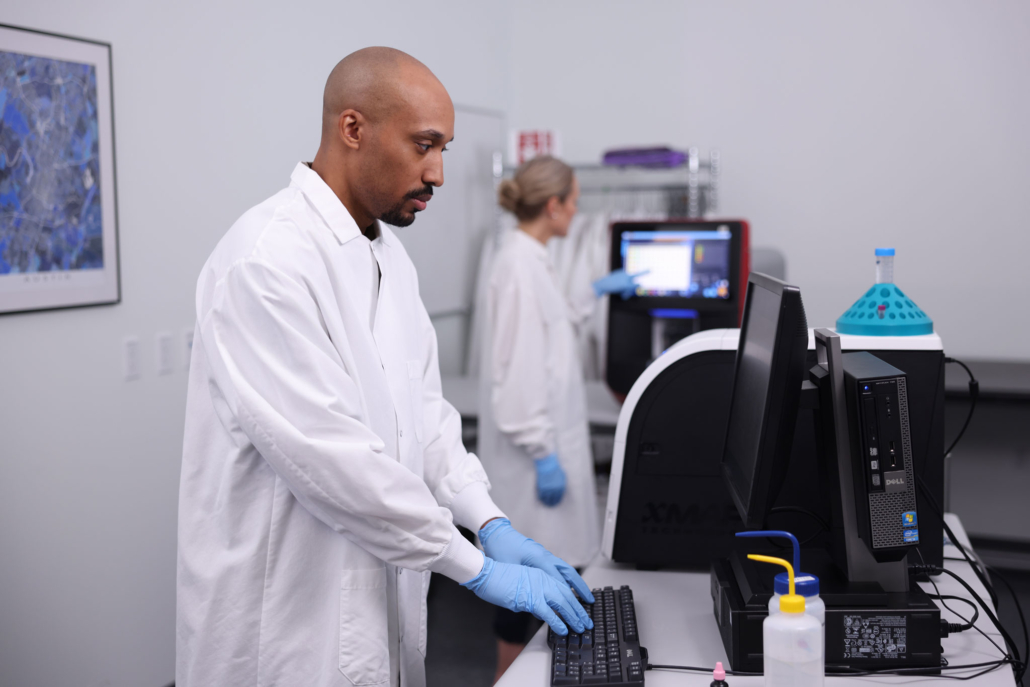
Between a rising incidence of colorectal cancer and low compliance with fecal testing and colonoscopies recommended for early detection, there is a major need for better detection of colorectal cancer in its earliest stages.
Blood-Based Tests: A Simpler Path to Colorectal Cancer Detection
Blood-based tests could be significantly easier for patients and healthcare providers. That’s where New Day Diagnostics comes in. The company was formed through the merger of two other companies — EDP Biotech, which performed colorectal cancer biomarker discovery and contract research, and New Day Diagnostics, which was developing clinical assays for lab use, point-of-care, and developing clinical assays suitable for use in lab, point-of-care, and over-the-counter settings. Both companies had products aimed at colorectal and digestive health, among other indications.
The resulting company offers several diagnostic tests, including clinical assays for the autoimmune disease axial spondyloarthritis and for colorectal cancer. While the current cancer test focuses on methylation of a key gene detectable in blood, the New Day team is actively developing a more advanced assay designed to measure 16 biomarkers associated with early-stage colorectal cancer. This assay is based on the multiplexing capabilities of xMAP® Technology from Luminex.
Leveraging Luminex xMAP® Technology for Early Detection
New Day Diagnostics is a Luminex Licensed Technologies Partner, which gives its team special access to support and other resources from our in-house xMAP experts. They are using xMAP Technology to support New Day’s ColoPlex® assay, which is designed to identify patients who are most likely to benefit from a colonoscopy. The 16-plex test is intended for use as an early detection tool, helping patients and physicians make more informed decisions about next steps in their healthcare journey.
We caught up with Jason Liggett (JL), Chief Scientific Officer at New Day Diagnostics, to learn more.
How did the company start?
JL: We’re both new and old. I’ve been with EDP Biotech since 2014. During the pandemic, we were performing contract research work for companies moving through the FDA’s emergency use authorization process. One of the companies we worked with was the original New Day Diagnostics, which had a multianalyte respiratory test. We worked so well together that we decided to join forces and merge in 2023.
What’s your core focus?
JL: Making health information accessible to all by developing cutting-edge diagnostics and research services that enable detection and let people take healthcare into their own hands. We still do a lot of contract research, but we’re specifically focused on in vitro diagnostics. Internally, we’re developing our ColoPlex assay for colorectal cancer. That’s a protein-based biomarker panel that we developed on the Luminex xMAP platform.
How did you decide to work with Luminex technology?
JL: Back in 2016 or so, we had a single-biomarker colorectal cancer assay and we were looking for a way to boost performance. We had picked out around 40 biomarkers we were interested in interrogating to add to the test, and we needed a multiplex platform for analysis. We had several platforms in mind, but when we had the opportunity to demo a MAGPIX® System, we were impressed with how easy it was to quickly mix up custom targets. There were ready-to-use beads in off-the-shelf kits for most of the targets we were looking at. It became a no-brainer to move forward with xMAP Technology.
How are you working with xMAP® Technology today?
JL: We use it for our commercially available axial spondyloarthritis test, and we are continuing development of our ColoPlex assay with it too. We’re in the process of design lock for our final biomarker combination. We’re doing a retrospective study and there’s an ongoing clinical trial for it as well to support our future FDA submission.
What advice do you have for other companies interested in xMAP Technology?
JL: The early development process is where xMAP really shines. The ability to quickly mix and match targets was crucial to us in the early period. We ended up screening 38 different biomarkers across seven different kits. If we had been doing that with traditional means, we would have had to use an absurd number of ELISA kits or produce several custom kits on another multiplexing platform. The other factors are placement and recognition. There are quite a few xMAP instruments out there, and we’ve had clients ask for them by name.
What else should readers know about New Day?
JL: As a boutique lab, we are very customer-centric. We have a lot of experience developing processes and studies specifically for customer needs, and we routinely on-board new technologies. We’re really excited to tackle anything, especially in the in vitro diagnostics space.
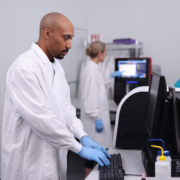

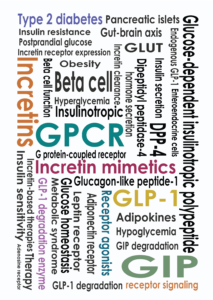
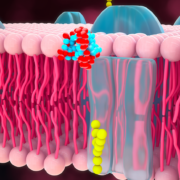

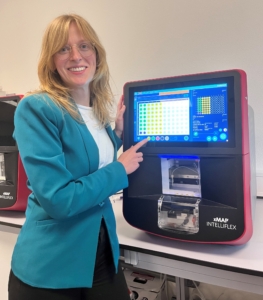

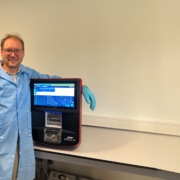
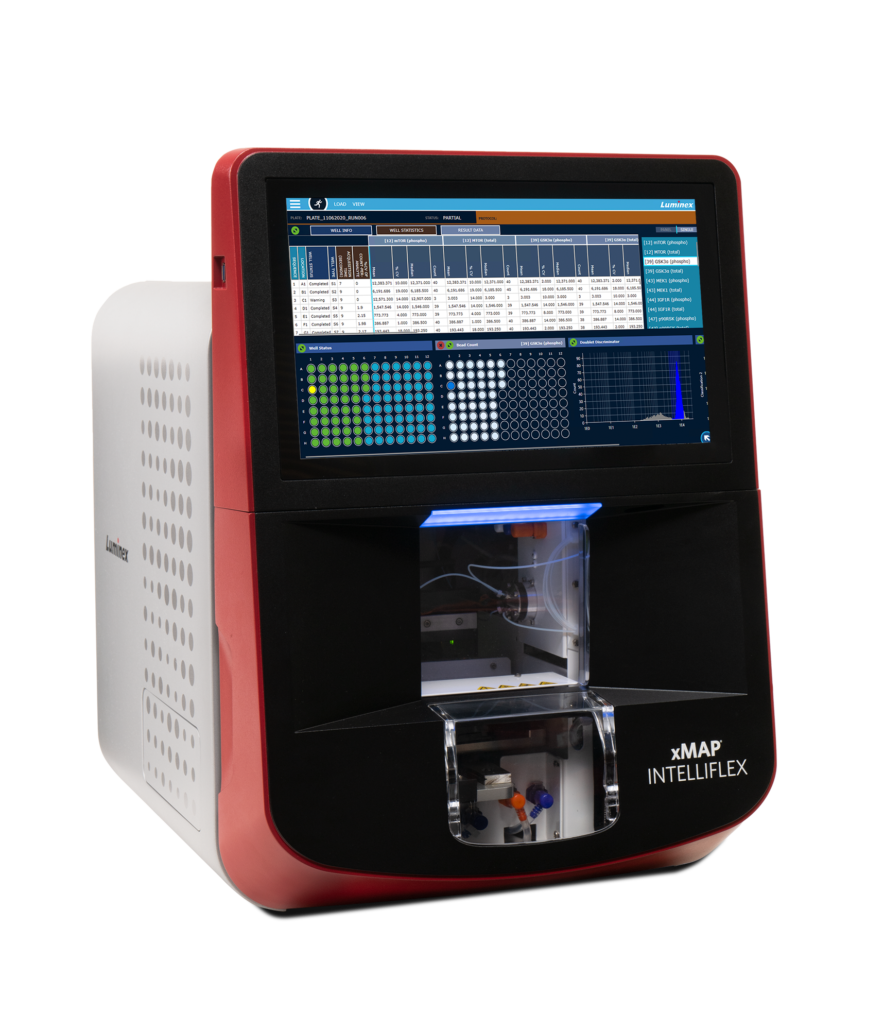
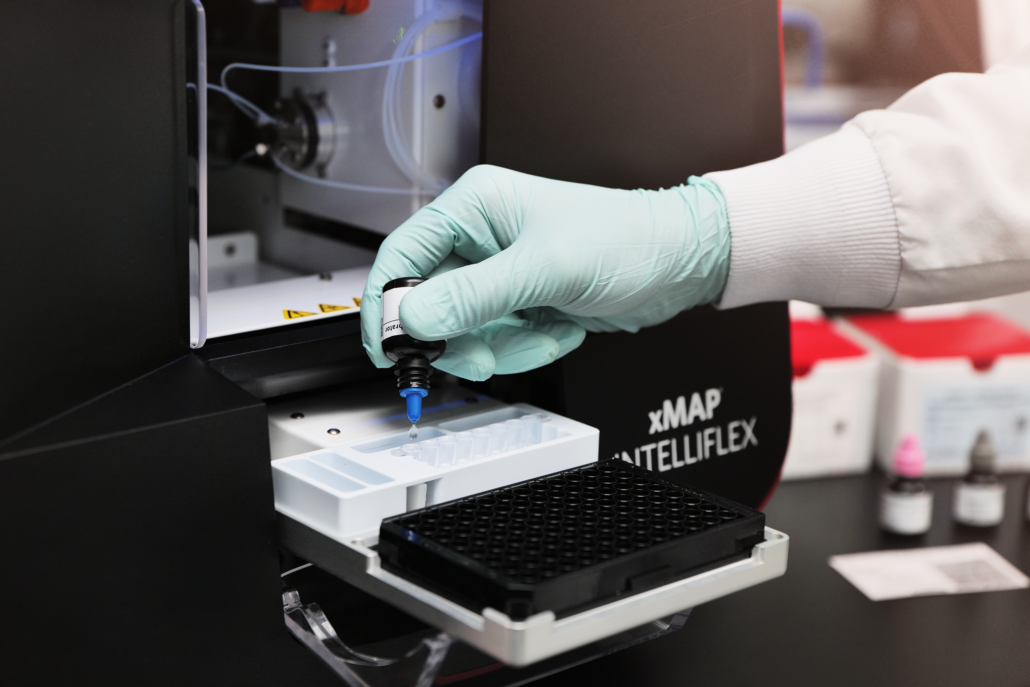
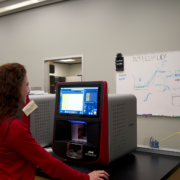
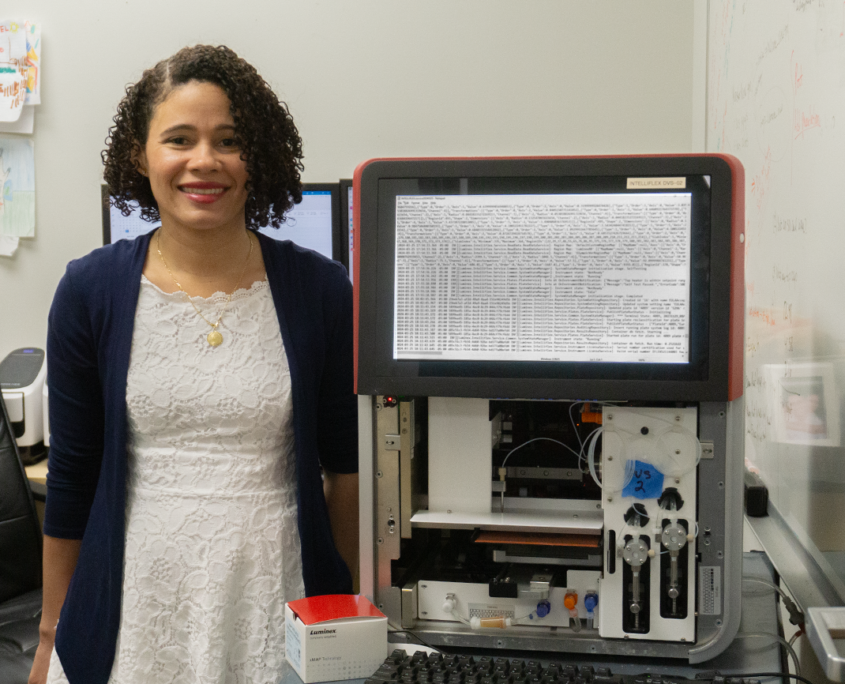
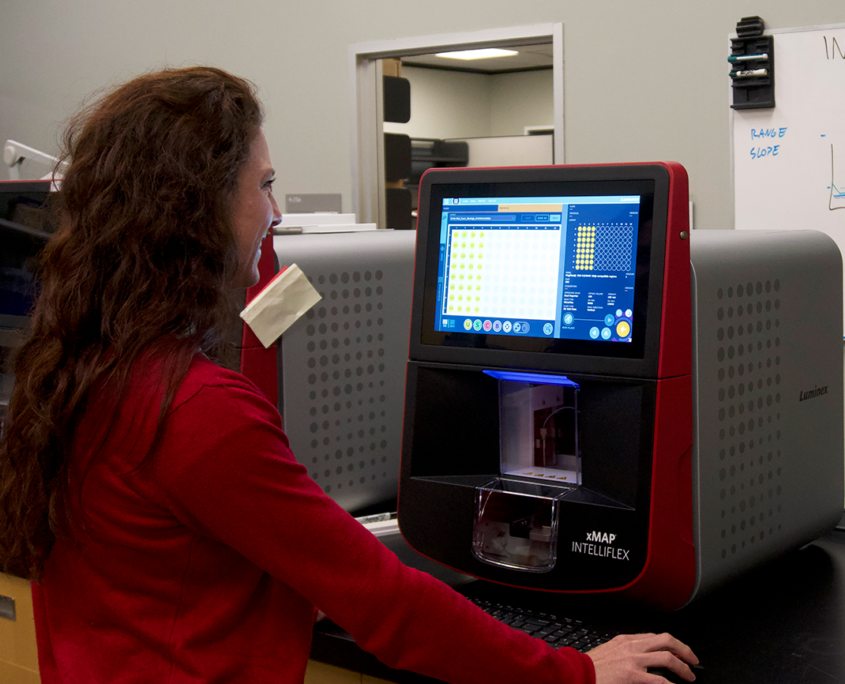
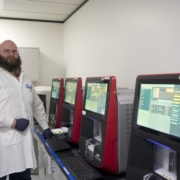
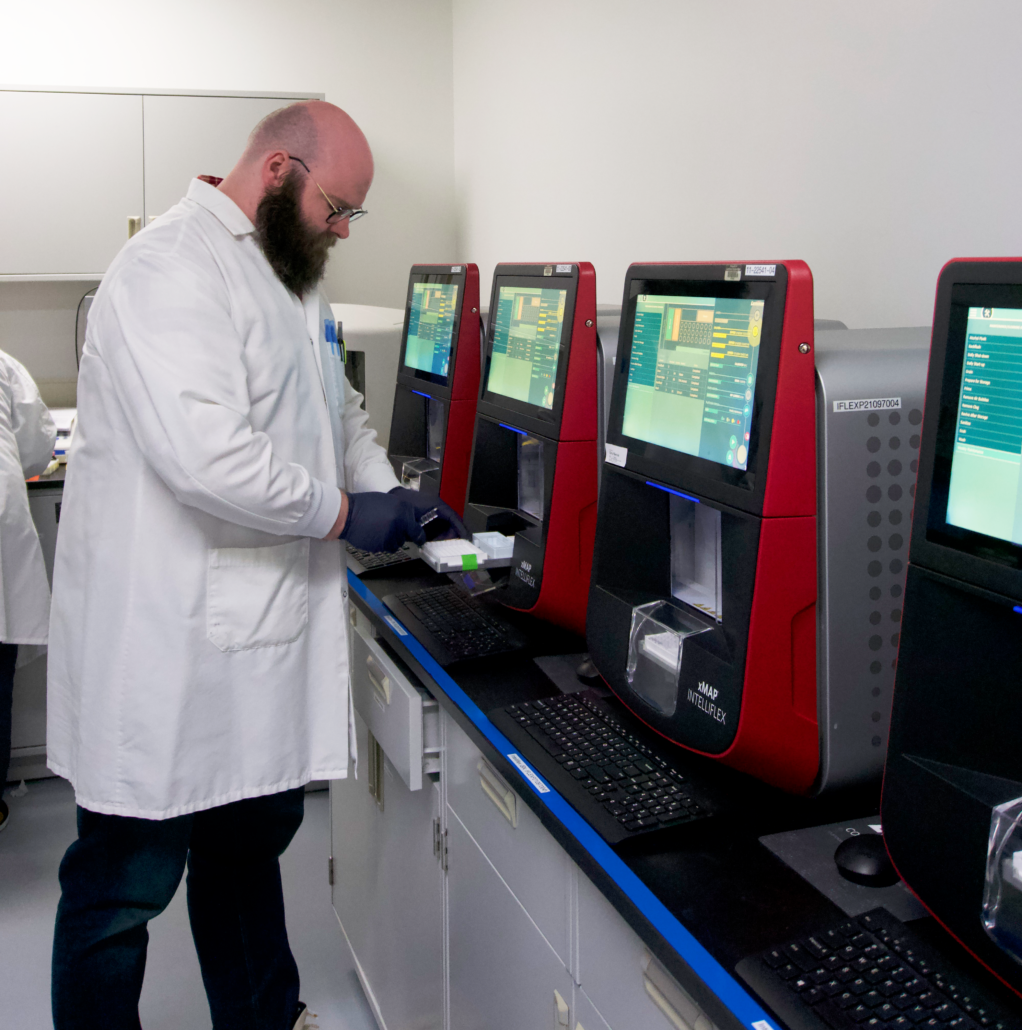
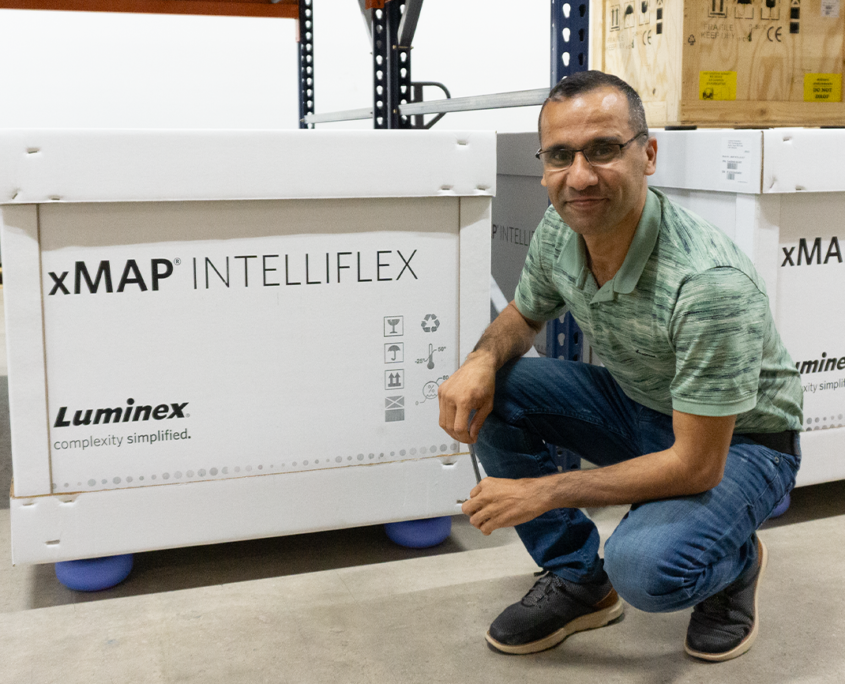
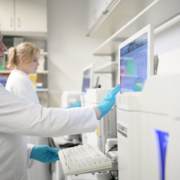
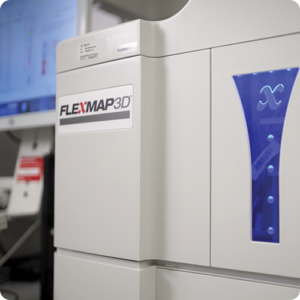
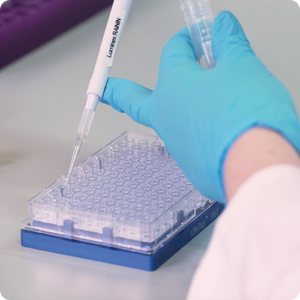

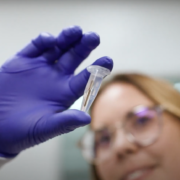
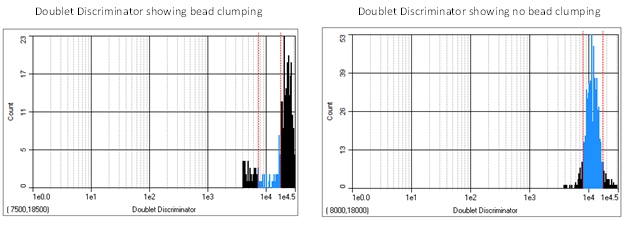



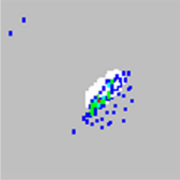
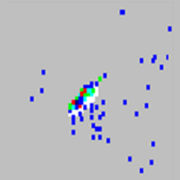



 Dr. Angeloni received his PhD in Biochemistry from Virginia Polytechnic Inst. and State University. While he has been at Luminex for 12 years, before joining Luminex he had over 30 years of research and industry experience with the development of a wide variety of biochemical, genetic, proteomic, immunology, microscopy, cellular and molecular biology assays. These technologies were applied to studying genetic and environmental factors contributing to the susceptibility or resistance to a number of infectious and non-infectious diseases. This includes studies on disease mechanisms or treatments in the areas of endocrinology, cancer, obesity, diabetes and the development of DNA vaccines. These research efforts employed cellular, mouse and non-human primate model systems. This diversified experience has been applied to developing and supporting commercial applications for cellular genetic engineering, bioinformatic data analysis as well the development of genomic and proteomic assay platforms for research and diagnostics. This experience is now available for supporting the development of several applications on the Luminex xMAP platform.
Dr. Angeloni received his PhD in Biochemistry from Virginia Polytechnic Inst. and State University. While he has been at Luminex for 12 years, before joining Luminex he had over 30 years of research and industry experience with the development of a wide variety of biochemical, genetic, proteomic, immunology, microscopy, cellular and molecular biology assays. These technologies were applied to studying genetic and environmental factors contributing to the susceptibility or resistance to a number of infectious and non-infectious diseases. This includes studies on disease mechanisms or treatments in the areas of endocrinology, cancer, obesity, diabetes and the development of DNA vaccines. These research efforts employed cellular, mouse and non-human primate model systems. This diversified experience has been applied to developing and supporting commercial applications for cellular genetic engineering, bioinformatic data analysis as well the development of genomic and proteomic assay platforms for research and diagnostics. This experience is now available for supporting the development of several applications on the Luminex xMAP platform.